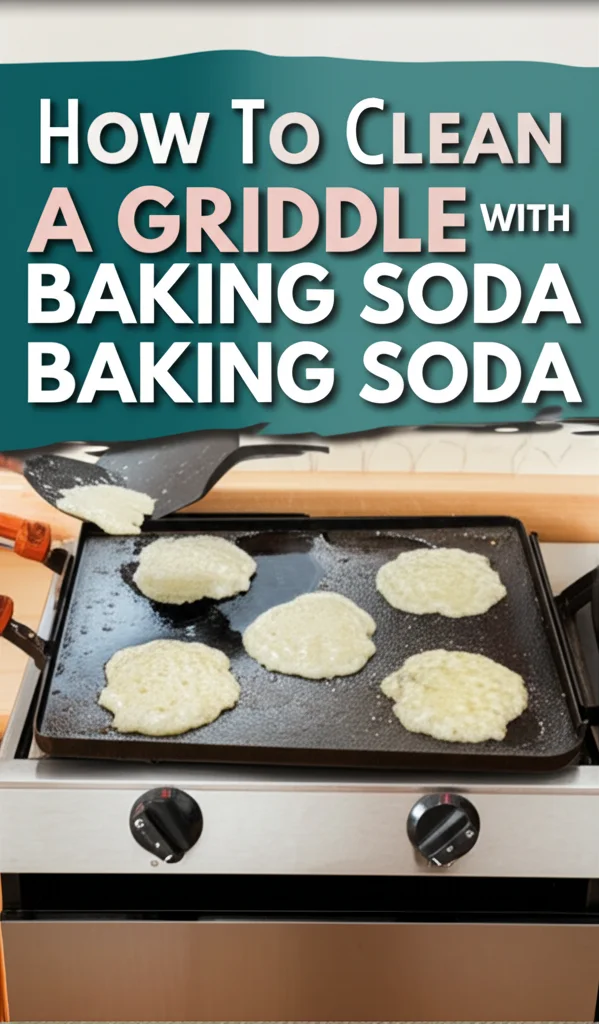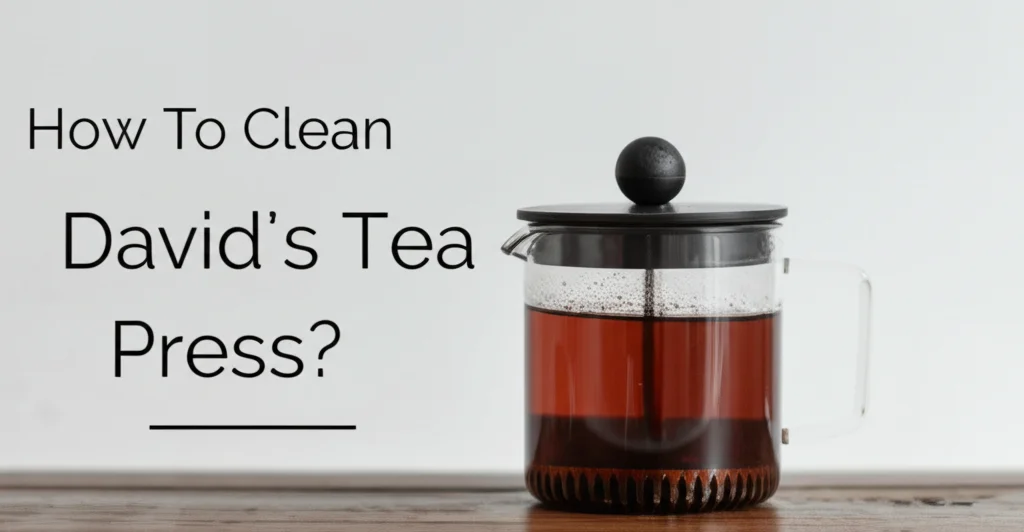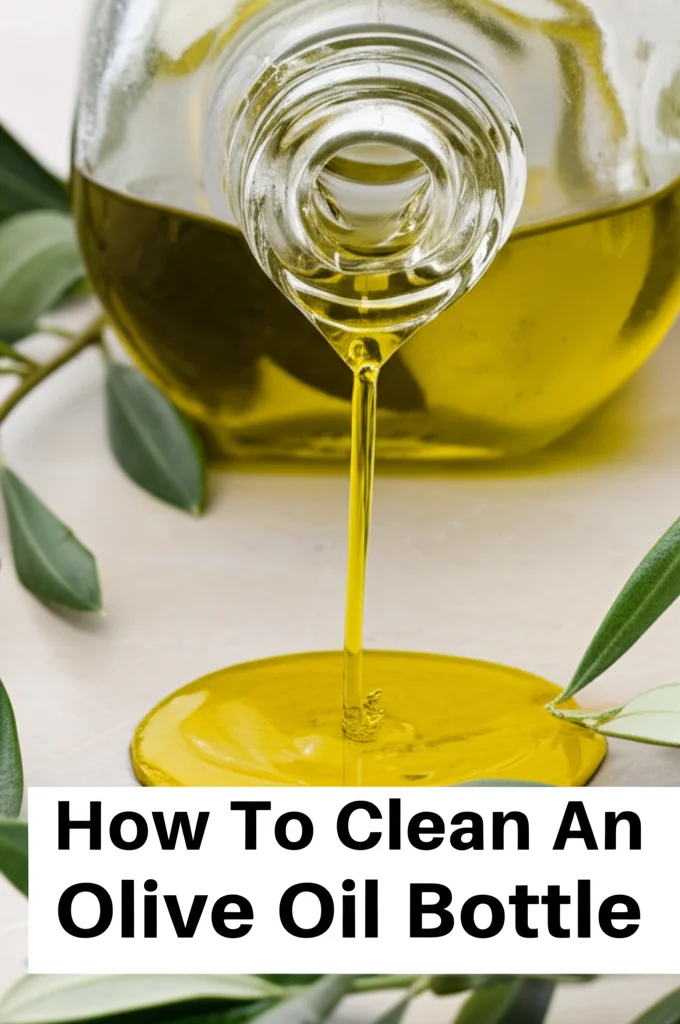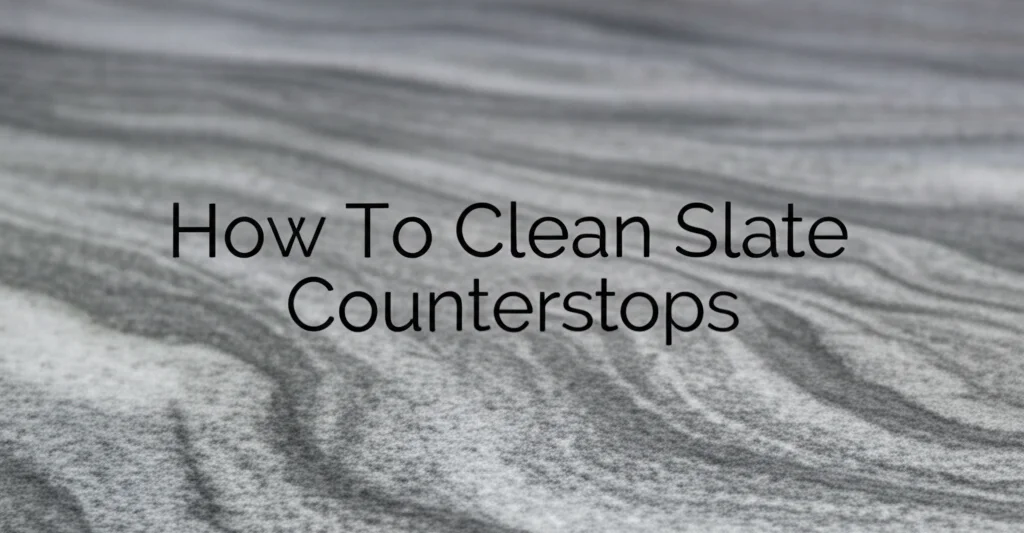· Kitchen Cleaning · 7 min read
How To Clean Pizza Steel?
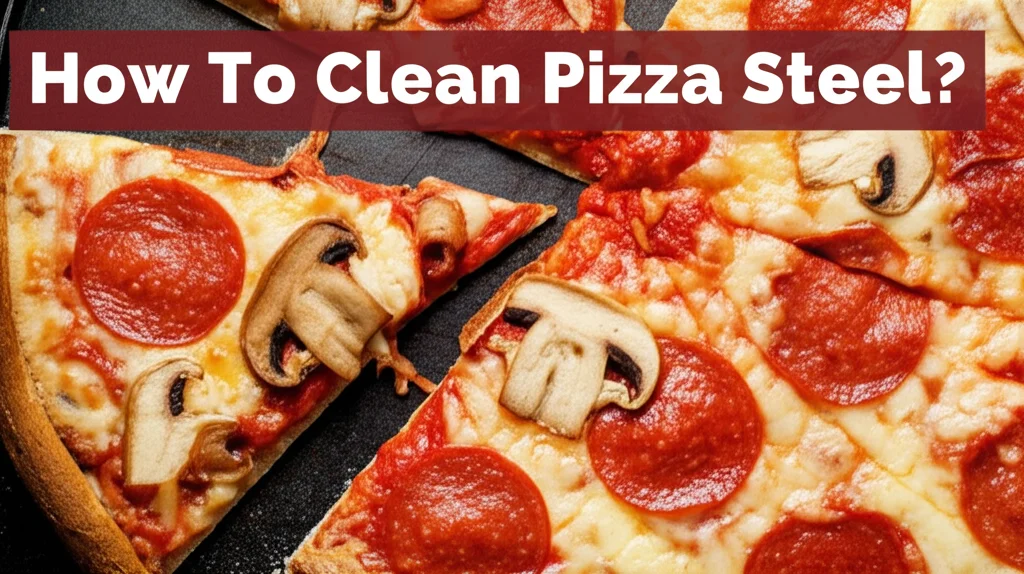
How To Clean Your Pizza Steel: A Complete Guide
Ever wondered how to keep your pizza steel in top shape? A pizza steel is a fantastic investment for achieving crispy, restaurant-quality pizzas at home. But like any cooking tool, it requires proper cleaning and maintenance. This article will walk you through everything you need to know about cleaning your pizza steel, ensuring it lasts for years to come and continues to deliver perfect pizzas. We’ll cover daily wipe-downs, tackling burnt-on food, seasoning, and preventing rust.
Takeaway:
- Regularly scrape off food debris after each use.
- Avoid soap and abrasive cleaners.
- Season your steel to protect it from rust.
- Proper cleaning extends the life of your pizza steel.
What’s the quickest way to clean a pizza steel?
After each use, let the steel cool completely, then scrape off any remaining food particles with a metal spatula or scraper. Wipe with a dry cloth or paper towel. Avoid using water or soap unless absolutely necessary, and always re-season after any wet cleaning.
Why Cleaning Your Pizza Steel Matters
Maintaining a clean pizza steel isn’t just about aesthetics; it’s about performance and longevity. A buildup of burnt food and oils can affect the heat transfer, leading to unevenly cooked pizzas. Plus, neglecting cleaning can lead to rust, which can ruin your steel. Think of it like a cast iron skillet – proper care ensures it remains a reliable kitchen workhorse. A well-maintained steel will consistently deliver that perfect, crispy crust you crave.
Daily Maintenance: Keeping It Simple
The easiest way to keep your pizza steel clean is to practice daily maintenance. This involves a quick cleanup after each use, while the steel is still warm (but cool enough to handle safely!). This prevents food from baking on and becoming difficult to remove later. Here’s how to do it:
- Scrape: Use a metal spatula or scraper to remove any stuck-on cheese, sauce, or toppings. A bench scraper works particularly well.
- Wipe: Wipe the surface with a clean, dry cloth or paper towel. This removes any loose debris and excess oil.
- Cool Completely: Allow the steel to cool completely before storing it. Storing a warm steel can create condensation and potentially lead to rust.
Tackling Burnt-On Food: When Daily Maintenance Isn’t Enough
Sometimes, despite your best efforts, food will burn onto your pizza steel. Don’t panic! Here’s how to tackle those stubborn, baked-on messes:
- Salt Scrub: Sprinkle a generous amount of coarse kosher salt onto the burnt areas. Use a clean, dry cloth or paper towel to scrub the salt in a circular motion. The salt acts as a gentle abrasive, helping to lift the burnt food.
- Water (Sparingly): If the salt scrub isn’t enough, add a very small amount of water to the salt. Create a paste and continue scrubbing. Remember, water is the enemy of steel, so use it sparingly.
- Scrape Again: After scrubbing, scrape away the loosened debris with your metal spatula.
- Dry Thoroughly: Immediately dry the steel completely with a clean cloth. Then, proceed to the seasoning step (explained below).
Seasoning Your Pizza Steel: The Key to Rust Prevention
Seasoning your pizza steel is crucial for protecting it from rust and maintaining its non-stick properties. It’s similar to seasoning a cast iron skillet. Seasoning creates a protective layer of polymerized oil that prevents moisture from reaching the steel. Here’s how to season your pizza steel:
- Apply Oil: Coat the entire surface of the steel with a thin layer of high-smoke-point oil, such as canola oil, vegetable oil, or flaxseed oil. Avoid olive oil, as it has a lower smoke point.
- Rub It In: Use a clean cloth or paper towel to rub the oil into every nook and cranny of the steel. Ensure there are no pools of oil. You want a very thin, even coat.
- Bake It: Place the steel in your oven and bake at 450-500°F (232-260°C) for one hour. Place a baking sheet on the rack below to catch any drips.
- Cool Slowly: Turn off the oven and let the steel cool completely inside the oven. This allows the oil to fully polymerize.
- Repeat: Repeat this process 2-3 times for a good initial seasoning. You should re-season your steel periodically, especially after deep cleaning.
Dealing with Rust: Salvaging Your Steel
If your pizza steel has developed rust, don’t despair! It might be salvageable. Rust indicates that the protective seasoning has been compromised. Here’s how to remove rust and re-season your steel:
- Remove the Rust: Use steel wool or a rust eraser to scrub away the rust. Apply firm pressure, but be careful not to gouge the steel.
- Wash (If Necessary): If needed, wash the steel with warm water and a mild dish soap. However, minimize water exposure.
- Dry Immediately: Dry the steel immediately and thoroughly with a clean cloth.
- Season Thoroughly: Follow the seasoning instructions above, repeating the process 3-4 times to rebuild a strong protective layer. If the rust was extensive, you may need to season it even more.
What Not To Do When Cleaning Your Pizza Steel
Knowing what not to do is just as important as knowing what to do. Here are some common mistakes to avoid:
- Avoid Soap: Soap can strip away the seasoning and promote rust. If you must use soap, use a very mild dish soap and rinse thoroughly.
- No Abrasive Cleaners: Avoid using abrasive cleaners like scouring powders or steel wool (except for rust removal). These can scratch the surface of the steel.
- Don’t Soak in Water: Never soak your pizza steel in water. This will cause it to rust quickly.
- Dishwasher is a No-Go: Never put your pizza steel in the dishwasher. The harsh detergents and prolonged water exposure will ruin it.
- Avoid Sudden Temperature Changes: Don’t pour cold water onto a hot steel, as this can cause it to warp.
FAQ About Cleaning Pizza Steel
Q: How often should I season my pizza steel?
A: Season your steel after any deep cleaning or if you notice signs of rust. Generally, re-seasoning every few months is a good practice, even if you haven’t done a deep clean. Consistent seasoning maintains the protective layer.
Q: Can I use a metal spatula to clean my pizza steel?
A: Yes, a metal spatula is the best tool for scraping off food debris. Just be sure to use a smooth, even motion to avoid scratching the surface. It’s designed to withstand the heat and pressure.
Q: What kind of oil is best for seasoning?
A: High-smoke-point oils like canola oil, vegetable oil, or flaxseed oil are ideal. Avoid olive oil, as it has a lower smoke point and can become sticky. Flaxseed oil creates a particularly hard, durable seasoning.
Q: How can I prevent rust from forming on my pizza steel?
A: The key to preventing rust is thorough seasoning and keeping the steel dry. Always dry it immediately after any water exposure and re-season as needed. Proper storage in a dry environment is also crucial.
Q: My pizza steel has a stubborn burnt smell. How do I get rid of it?
A: Baking the steel with a box of baking soda inside for an hour at 350°F (175°C) can help absorb odors. Ensure good ventilation during this process.
Conclusion
Cleaning your pizza steel doesn’t have to be a daunting task. With regular maintenance, proper seasoning, and a little care, you can keep your steel in excellent condition for years to come. Remember, a clean pizza steel means consistently crispy, delicious pizzas! Don’t let a little burnt food or the fear of rust prevent you from enjoying the benefits of this fantastic cooking tool. Now that you know how to clean your pizza steel, go forth and bake some amazing pizzas! For more kitchen cleaning tips and tricks, explore our other articles at https://www.beacleaner.com/.

